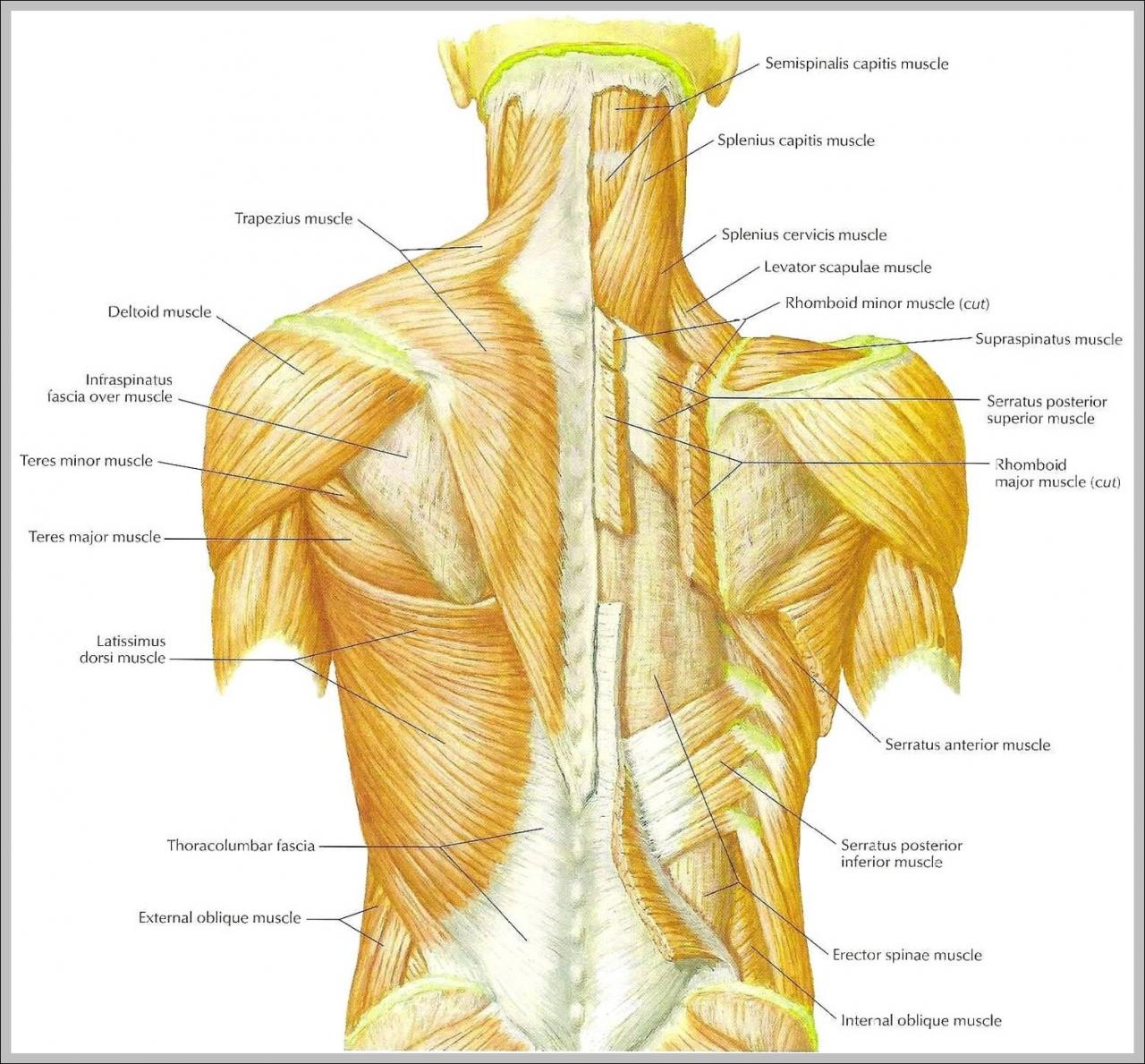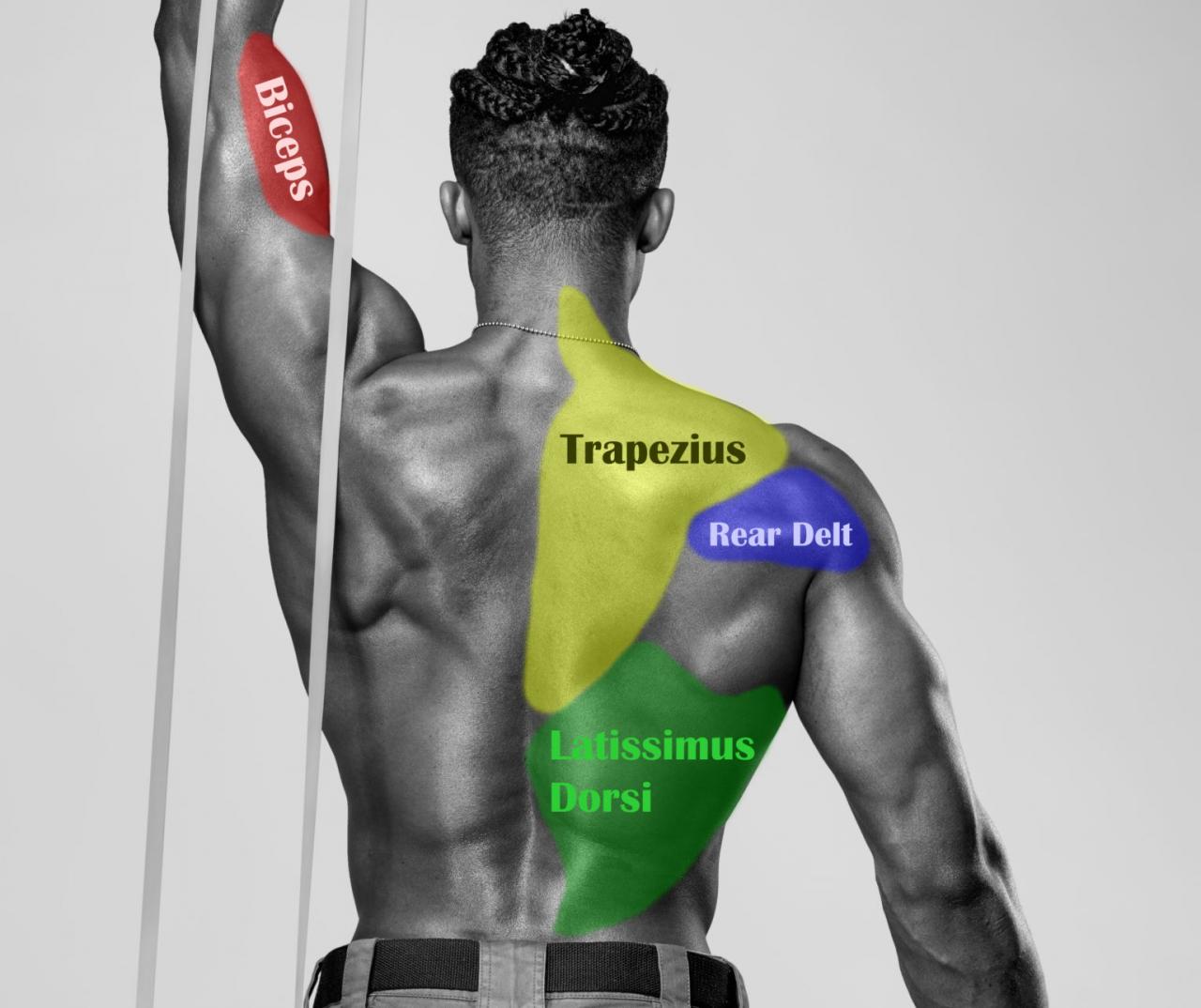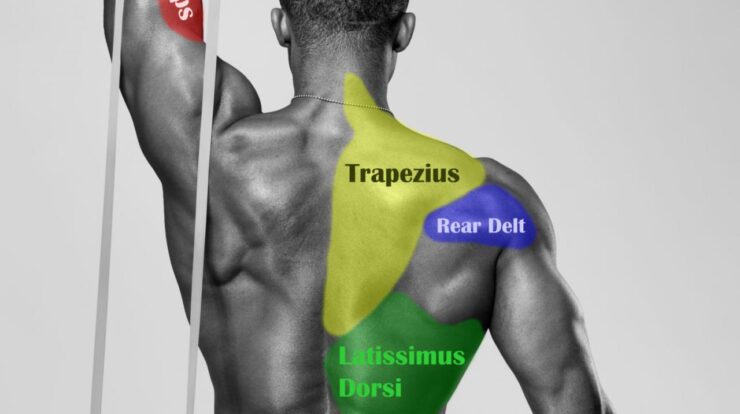
Back muscles, the unsung heroes of our bodies, play a crucial role in maintaining posture, facilitating movement, and preventing injuries. Understanding the anatomy, functions, and care of these essential muscles is vital for overall well-being.
From the intricate layers of the back muscles to their dynamic role in various movements, this comprehensive guide delves into the fascinating world of these muscles, empowering you with knowledge and practical tips to enhance their health and functionality.
Anatomy and Structure of Back Muscles
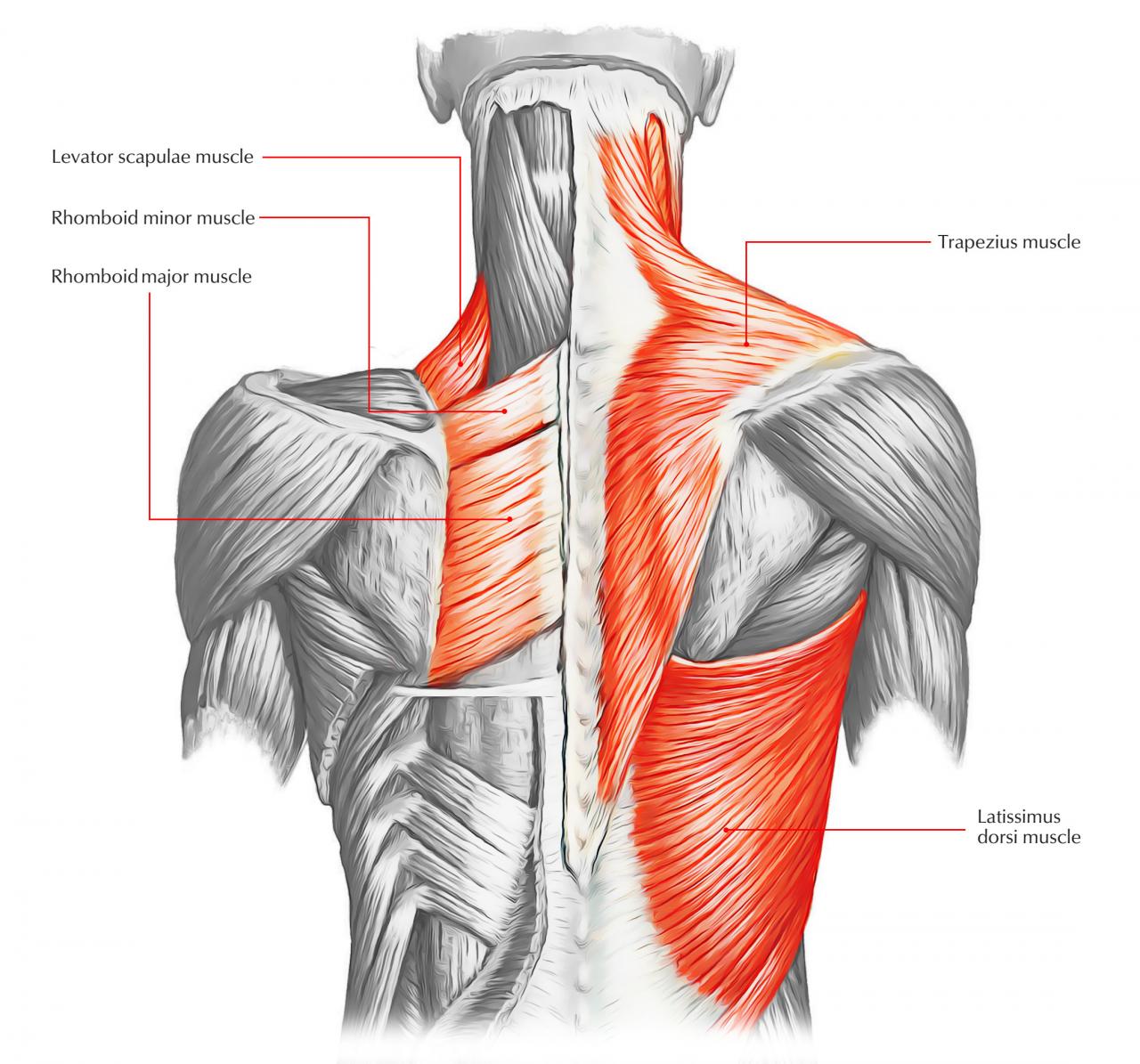
The back muscles are a complex network of muscles that support the spine, protect internal organs, and enable various movements. They are located on the posterior side of the body and can be classified into three main layers:
1. Superficial layer: These muscles are located just beneath the skin and include the trapezius, latissimus dorsi, and rhomboids.
2. Intermediate layer: This layer lies deeper than the superficial layer and includes the serratus posterior superior and inferior, levator scapulae, and splenius muscles.
3. Deep layer: These muscles are the closest to the spine and include the erector spinae, multifidus, and rotatores muscles.
Maintaining physical health is crucial, and explain why regular exercise is the best way to prevent flexibility issues. provides insights into the benefits of regular physical activity in preserving flexibility.
Illustration of Back Muscles

Caption:This illustration shows the major muscle groups of the back. The superficial layer is highlighted in blue, the intermediate layer in green, and the deep layer in red.
In recognition of the upcoming Mother’s Day celebration, happy mother’s day sis is a heartfelt message that expresses love and appreciation for mothers. Meanwhile, in the spirit of cultural diversity, happy mother’s day in german translates the well wishes into another language.
Functions and Movements of Back Muscles
The back muscles play a crucial role in various movements, including:
- Posture:The back muscles help maintain an upright posture by stabilizing the spine and pelvis.
- Bending:The erector spinae muscles are primarily responsible for extending the spine, while the abdominal muscles assist in flexing the spine.
- Rotation:The oblique muscles and rotatores muscles work together to rotate the spine.
- Shoulder movements:The trapezius and latissimus dorsi muscles contribute to shoulder movements, such as shrugging and adduction.
- Breathing:The intercostal muscles, which are located between the ribs, help expand and contract the chest cavity during breathing.
Strengthening Exercises for Back Muscles
Regular strengthening exercises can help improve back muscle strength and stability. Here are some effective exercises:
| Exercise | Steps | Variations |
|---|---|---|
| Pull-ups | Hang from a pull-up bar with palms facing forward. Pull yourself up until your chin reaches the bar. | – Wide-grip pull-ups
|
| Rows | Hold a dumbbell or kettlebell in each hand. Bend over at the hips and keep your back straight. Pull the weights up towards your chest. | – Barbell rows
As Mother’s Day approaches, it is customary to express gratitude to mothers, and the question arises: do you say happy mother’s day to a pregnant woman ? This article explores the etiquette surrounding this topic.
|
| Deadlifts | Stand with your feet hip-width apart. Bend over and grip a barbell with an overhand grip. Lift the barbell off the ground by extending your hips and knees. | – Romanian deadlifts
|
| Planks | Start in a push-up position. Lower your forearms to the ground and hold your body in a straight line from head to heels. | – High planks
|
| Superman | Lie face down on the ground. Simultaneously lift your arms and legs off the ground, holding them straight. | – Prone cobra
|
Last Recap: Back Muscles
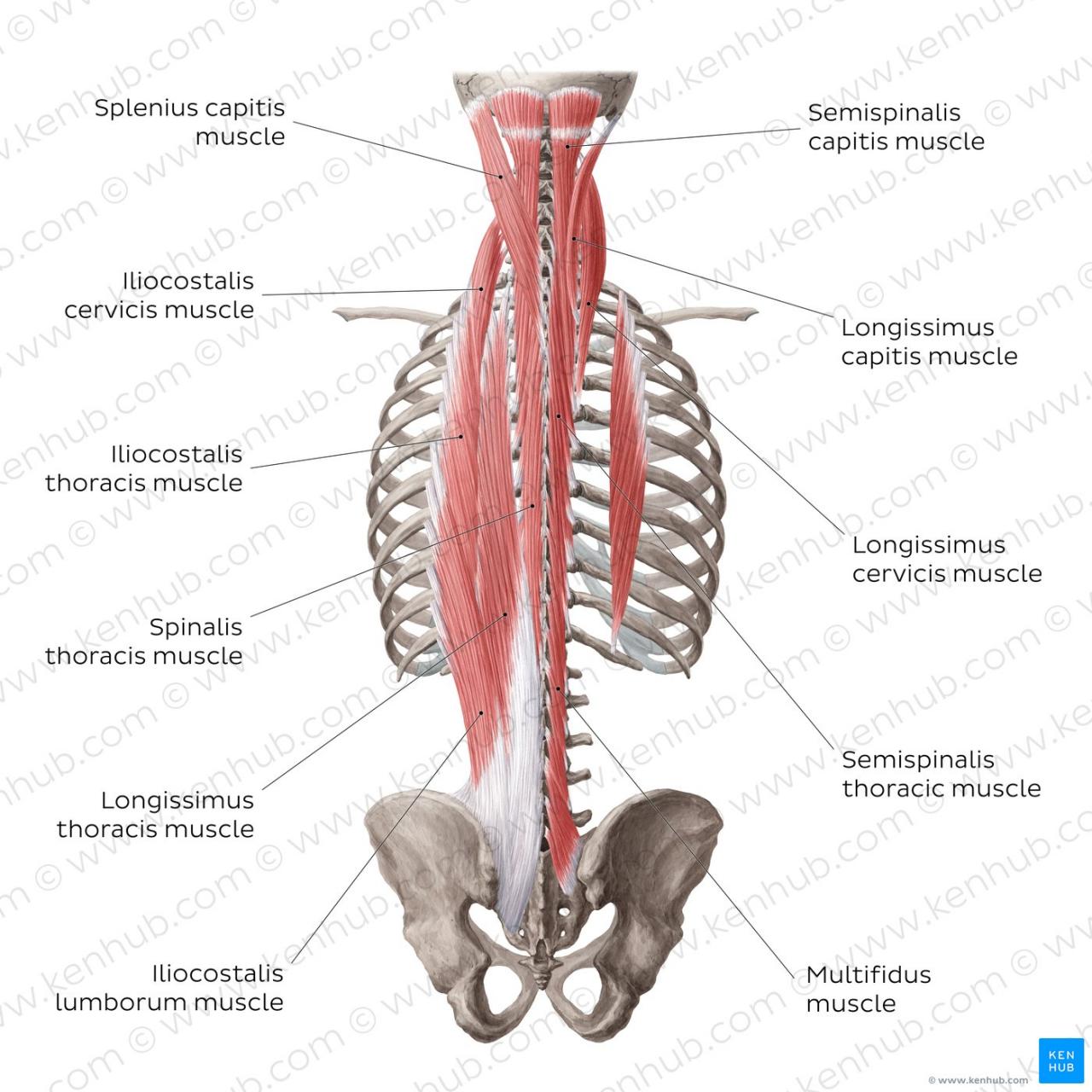
In conclusion, back muscles are the foundation of our physical capabilities, enabling us to move, stand, and sit with ease. By understanding their anatomy, functions, and proper care, we can harness their full potential and live active, pain-free lives.
Helpful Answers
What are the main functions of back muscles?
Back muscles support posture, facilitate bending, rotation, and extension of the spine, and stabilize the trunk during various movements.
How can I strengthen my back muscles?
Effective exercises include rows, pull-ups, deadlifts, and back extensions. Focus on proper form and gradually increase weight or resistance.
What are common back muscle injuries?
Strains, spasms, and herniated discs are common injuries. Prevention involves maintaining good posture, using proper lifting techniques, and stretching regularly.
